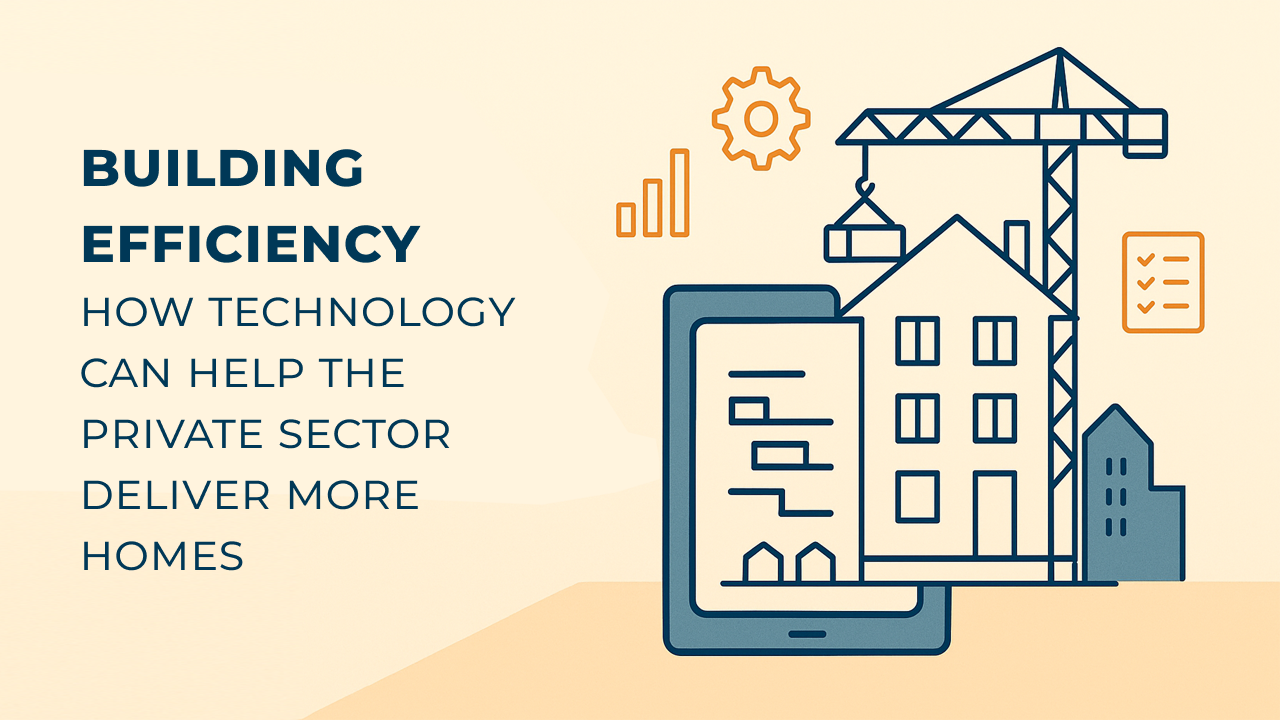In our last blog, we talked about how housing affordability has become a top priority for both the public and private sectors. We looked at how technology can make the permitting process more efficient, helping municipalities reduce delays and improve turnaround times. That benefits everyone.
Now let’s shift the focus to the private sector. Developers and builders are under increasing pressure to build faster, lower costs, and do more with less. While developers are often the public face of a project, relying on their brand and past track record to attract buyers, what happens behind the scenes is just as important.
Once the marketing campaigns wind down and the model homes are gone, it’s the general contractor who steps in to deliver the actual build. Developers count on them to turn plans into homes. But most contractors aren’t in the business of technology. They’re focused on managing trades, timelines, and materials — not data platforms or analytics tools.
This is where something like Construction Cloud can make a real difference.
It gives general contractors the tools to run their projects more efficiently, no matter the size or complexity. From tracking costs and managing crews to scheduling deliveries and logging site activities, everything is centralized and easier to manage. That’s not just about saving time, it’s about staying competitive and profitable.
For developers, this creates better project visibility and consistency. It also makes it easier to work with a wider pool of contractors who are organized, reliable, and ready to deliver. And when there’s more competition among well-equipped builders, we’re more likely to see cost savings that can ultimately benefit the homebuyer.
If we’re serious about making housing more affordable, we can’t stop at policy. We need to modernize the tools used by the people actually building the homes.
